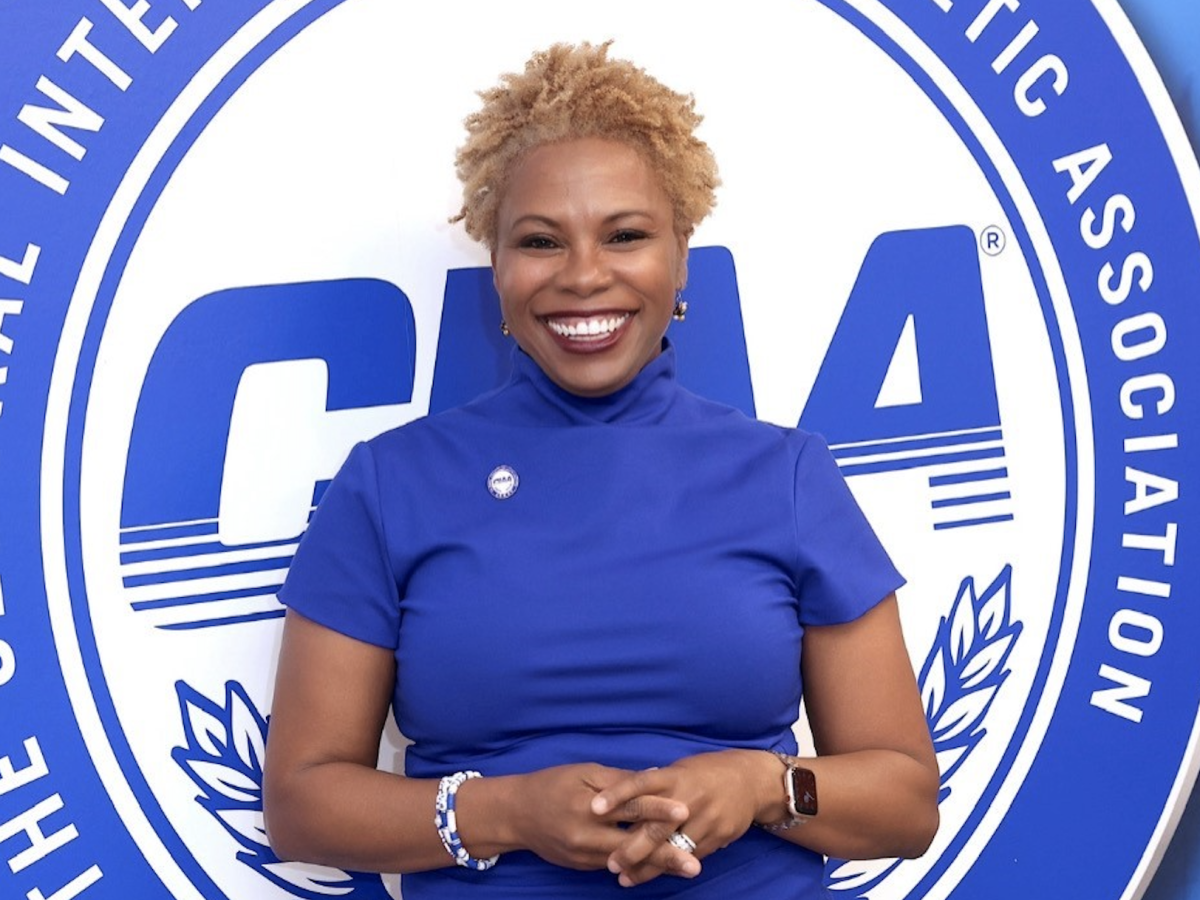
HBCU sports are truly something special. And accordingly, there’s a reason why in recent years we’ve seen an uptick in not only popularity, but record-breaking viewership, top-ranked teams and newsworthy team moves (in the form of Deion Sanders, Michael Vick and DeSean Jackson, just to name a few).
The CIAA Tournament, a week-long celebration that draws in over 150,000 fans, alumni, and visitors, is a true testament to that. It has become a cultural force that generates nearly $30 million in economic impact for its host city of Baltimore. Annually, people are traveling in droves for the step shows, career fairs, concerts, and vendor marketplaces that transform the city into a hub of Black excellence and entrepreneurship.
The tournament, which predates the NCAA Division I tournament, has grown from its 1946 origins into what many call the “HBCU Homecoming of Basketball.” This represents its staying power and its evolution beyond sports into a celebration of Black culture, education, and economic empowerment.
But for CIAA Commissioner Jacqie McWilliams Parker, those numbers only tell part of the story.
“What I am certain of is that whether I’m leading or not, the CIAA will last forever,” she shares, her words carrying the weight of both history and future promise. “It is that special and unique to the HBCU community and specifically to its current and past members.”
In an era where college sports are rapidly evolving, McWilliams Parker’s leadership of the Central Intercollegiate Athletic Association (CIAA) represents more than just administrative excellence, but a masterclass in cultural stewardship and innovative leadership. As one of only seven Black women commissioners across all NCAA divisions, she’s helping reshape the landscape of collegiate athletics.
The journey to this certainty wasn’t straightforward. A Hampton University graduate and former two-sport athlete, McWilliams Parker’s connection to HBCUs runs deeper than her title. “I was an athlete in the CIAA, I was a coach in the CIAA, I was an administrator in the MEAC, my family are HBCU graduates,” she reflects. “The CIAA is the first HBCU conference that included Howard, Hampton, NCCU, NC&T, Morgan State, Delaware State, UMES, Norfolk State, St. Paul’s College and West Virginia State and I have a responsibility to share and celebrate all when the opportunities present themselves to alumni and the new generation of students.”
In a landscape where women constitute only 24% of NCAA athletic directors and 30% of Division I conference commissioners, McWilliams Parker sees transformation happening in real time. “It’s already happening,” she says. “Women are owning, women are CEOs, Commissioners, Athletic Directors, Coaches and more. The key is sustaining us in the roles and alleviating the obstacles so that we can represent in the same way our male colleagues do with minimum obstacles we have faced as women and as women of colors. Women change culture and the world.”
Under her leadership, the CIAA has evolved into more than just an athletic conference. The tournament, often called the “HBCU Homecoming of Basketball,” has become a cultural phenomenon that bridges generations. “I have found that when we center on what we do at the tournament and that’s creating experiences for our student athletes first, ensuring the environment for our fans gives them a sense of belonging and ownership, sponsors see themselves aligning with our all that we do and we integrate the communities that are hosting so they can feel the impact,” she explains.
This holistic approach to leadership extends to addressing contemporary challenges facing student-athletes. With mental health becoming an increasingly crucial focus in college sports, McWilliams Parker has championed comprehensive wellness initiatives within the conference. “We talk about it openly and honestly,” she shared. “No longer is it a secret and something we can’t discuss without transparency and solutions to support. It is real for everyone who works and plays in the industry.”
The conference has leveraged partnerships with the NFL and NCAA to provide resources, data, and toolkits supporting student-athlete wellness – a move that reflects McWilliams Parker’s understanding that athletic excellence and personal well-being are inseparable.
“My vision as the first was never to be the last or the only one in the future,” she states. “Influencing other women to see themselves as commissioners and how to use all their experiences to assist in our future growth and impact is necessary… As an influencer, my team must see we are bigger than just today; we have the ability to model what we want others to see as a conference and as leaders within and outside our conference.”
This focus on legacy and community impact guides every decision. “Every decision we make must align with our mission and our three pillars: legacy, leadership and community,” she explains. “That alignment makes it easy to preserve what we have and grow for the future.”
The synergy among the four HBCU conferences has created what McWilliams Parker describes as “a powerful platform in the NCAA and beyond.” This collaboration has become increasingly important as HBCUs continue to gain national attention and recognition for their role in shaping both athletic excellence and cultural leadership.
Looking ahead, McWilliams Parker’s vision for the CIAA combines preservation of its rich heritage with innovation for the future. “The CIAA will move in any era with thoughtfulness, innovation and intent to make a lasting impact,” she asserts. It’s a vision that honors the past while boldly stepping into the future – and with McWilliams Parker at the helm, that future looks increasingly bright for the next generation of leaders in college sports.
The path forward isn’t always clear, but McWilliams Parker’s approach remains steadfast. “Leadership can feel isolating at times not just as a woman of color, but the expectations on the heart, hands and head for women of color can be overwhelming at times until you mature in the role, gain trust from your internal and external constituents,” she reflects. Yet through it all, her focus remains unwavering: building a legacy that will endure long after her time as commissioner ends.






